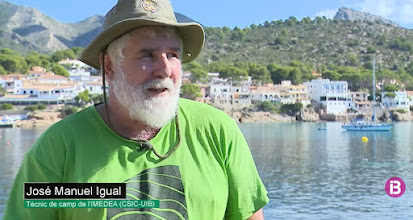Santangeli, A., Haukka, A., Morris, W. et al. What drives our aesthetic attraction to birds?. npj biodivers 2, 20 (2023).
In a shell: Understanding our relationship with other species is crucial. This study reveals that people are most aesthetically attracted to smaller birds with vivid colors and extreme ornaments. Unveiling the visual features underpinning our aesthetic attraction to birds is a critical step towards optimizing conservation
Abstract: In the Anthropocene, the era when the imprint of humans on nature is pervasive across the planet, it is of utmost importance to understand human relationships with other species. The aesthetics of nature, and of species, is one of the values that plays a role in shaping human-nature relationships.
Birds are ubiquitous across the world. The beauty of birds exerts a powerful tug on human emotions, and bird-rich areas attract scores of eco-tourists. People naturally find some birds more beautiful or interesting than others, but we currently lack a global understanding of the specifics of what makes a species aesthetically attractive. Here, we used a global citizen-science database on bird attractiveness covering nearly all extant bird species, to show that there are specific visual features that drive our aesthetic appeal for some bird species over others. First, our aesthetic attraction is highest for smaller birds with specific, vivid colors (e.g., blue and red, and departing from brown-grey) and extreme ornaments (a long crest or tail). Second, our aesthetic attraction is highest for species with broad ranges, possibly because such species may be more familiar to us. The features that make us attracted to a particular bird strongly align with broad human visual aesthetic preferences in modern society. Unveiling the visual features underpinning our aesthetic attraction to birds is a critical step towards optimizing conservation (e.g., via conservation marketing) and education campaigns, and leverage the cultural ecosystem service potential of birds.






